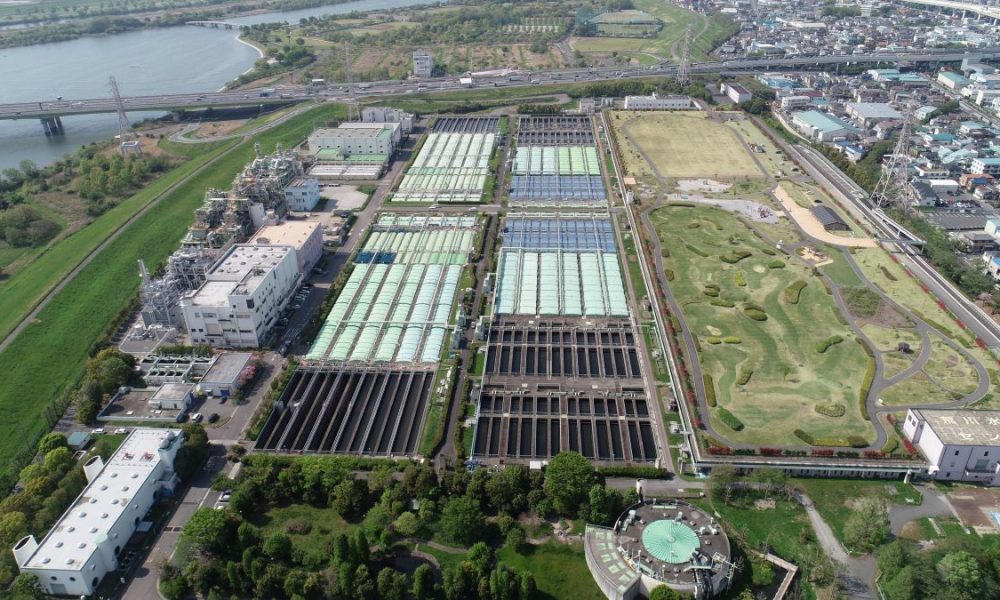
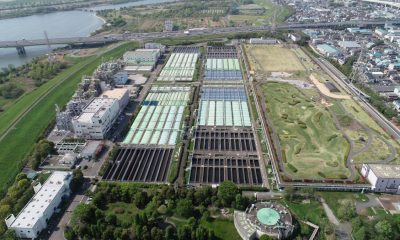

Saitama Prefecture has registered Japan's first standardized fertilizer from sewage sludge ash, potentially reducing reliance on imports of agricultural inputs.
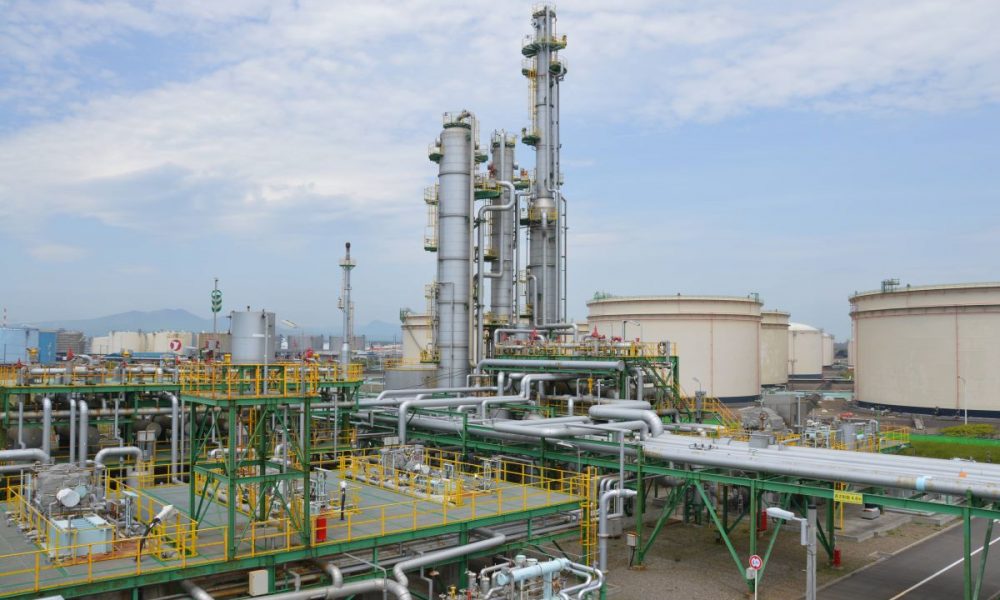
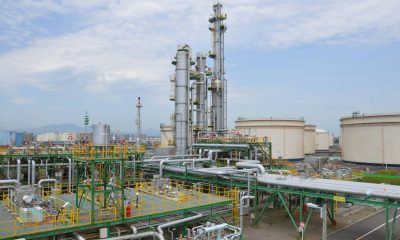

Japan is paving the way for decarbonization with its first carbon capture and storage facility in Hokkaido and a new law to promote CO2 storage.
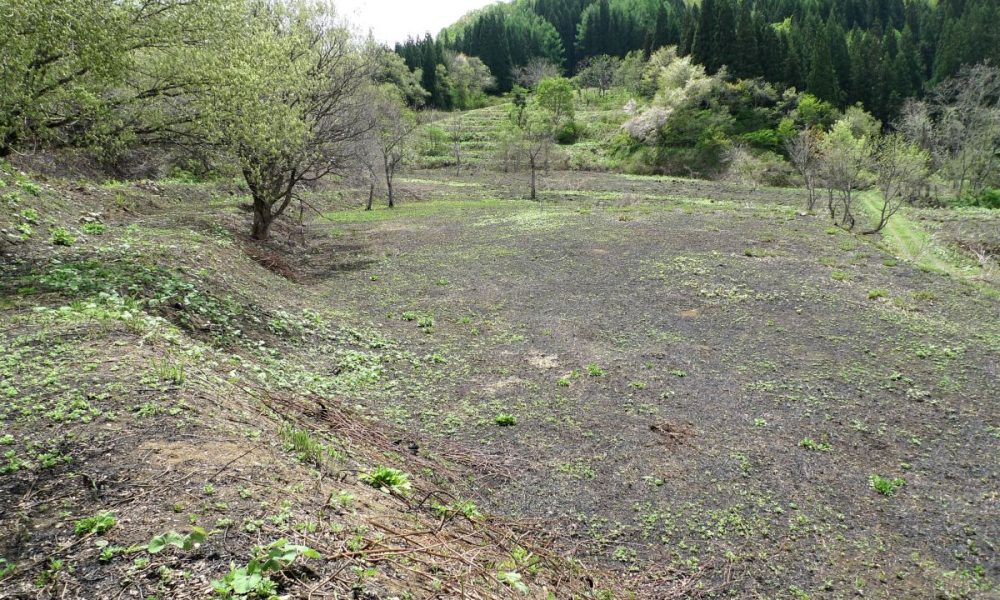
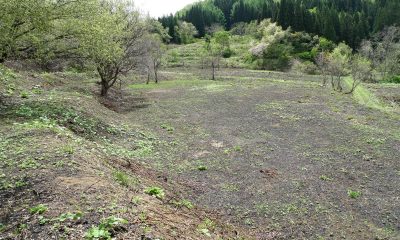

In Akita, depopulation has raised the risk of spring wildfires, threatening satoyama landscapes and the sustainability of traditional coexistence with nature.
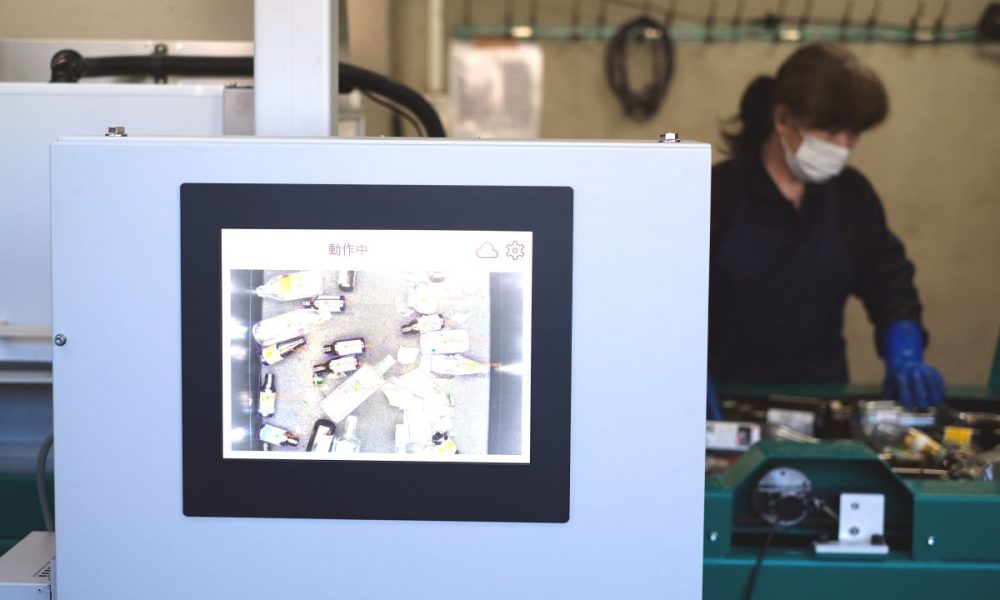
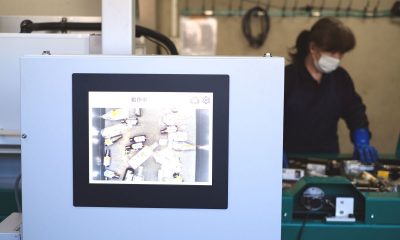

Highly accurate sorting by color and type using AI that learns from experience is helping with a labor shortage and improving glass recycling rates.
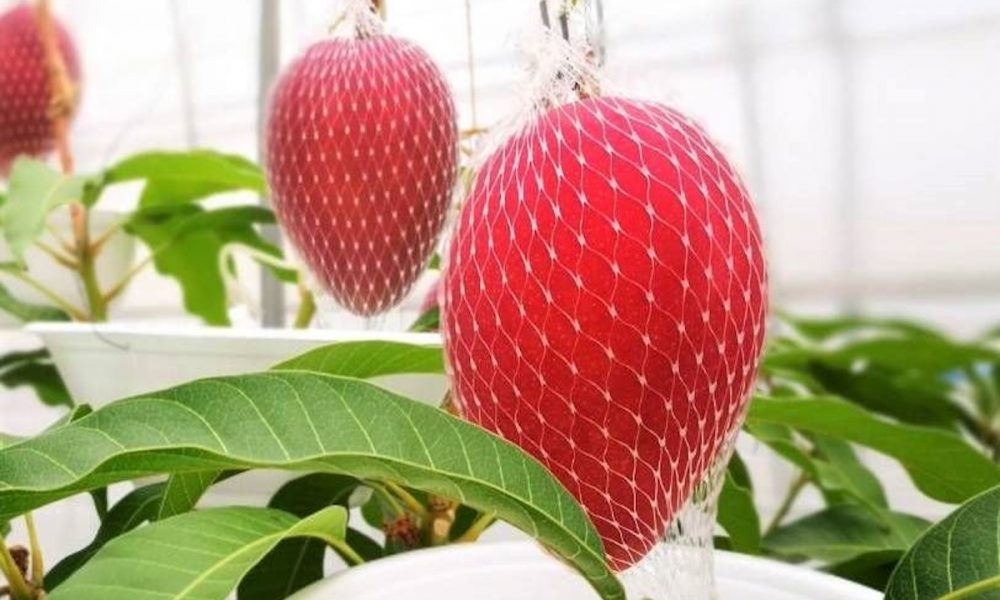
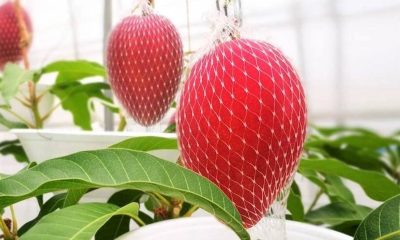

Shikaoi Town in Hokkaido uses livestock manure to generate electricity and produce hydrogen for FCVs, even channeling surplus heat into farming and aquaculture.
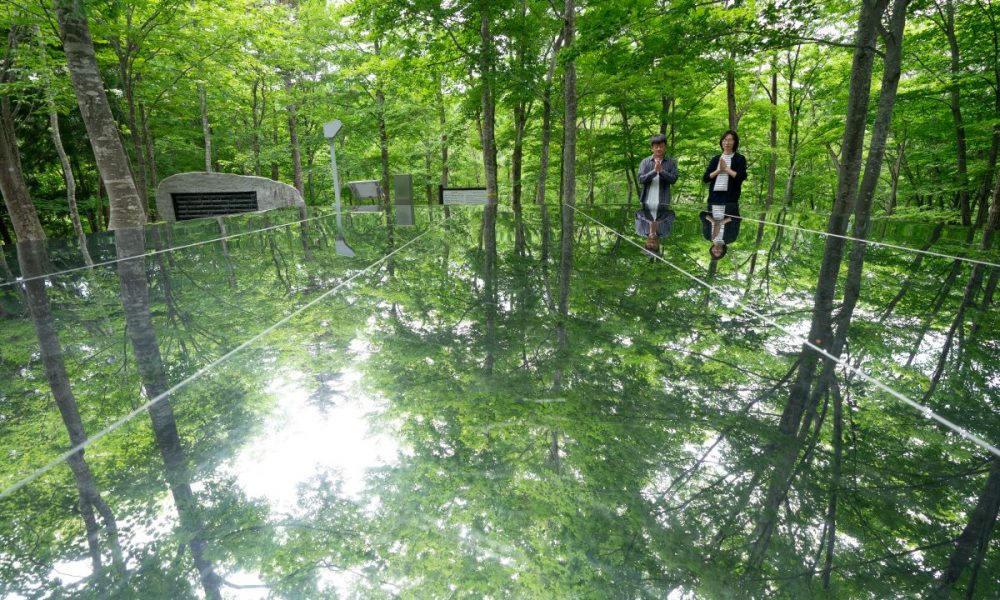


Discover the unique Air Shrine in Asahi Town, Yamagata, through a photo essay that explores the community's gratitude and celebration of the pure mountain air.
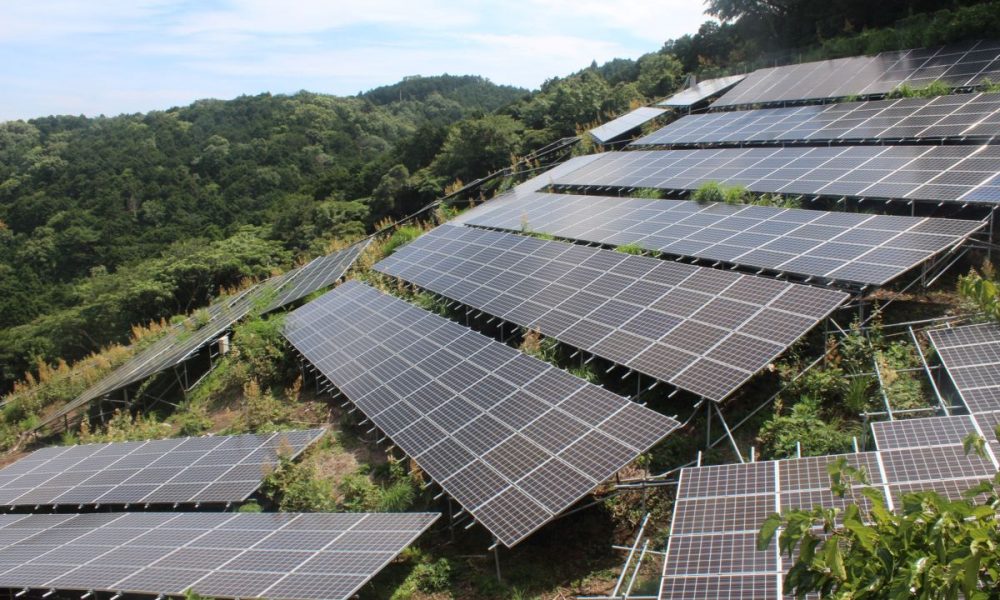
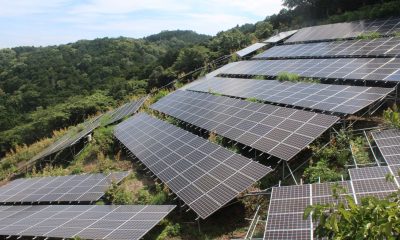

Japan is bracing for the massive disposal of solar panels, but current recycling technology is not yet capable of managing the expected volume.
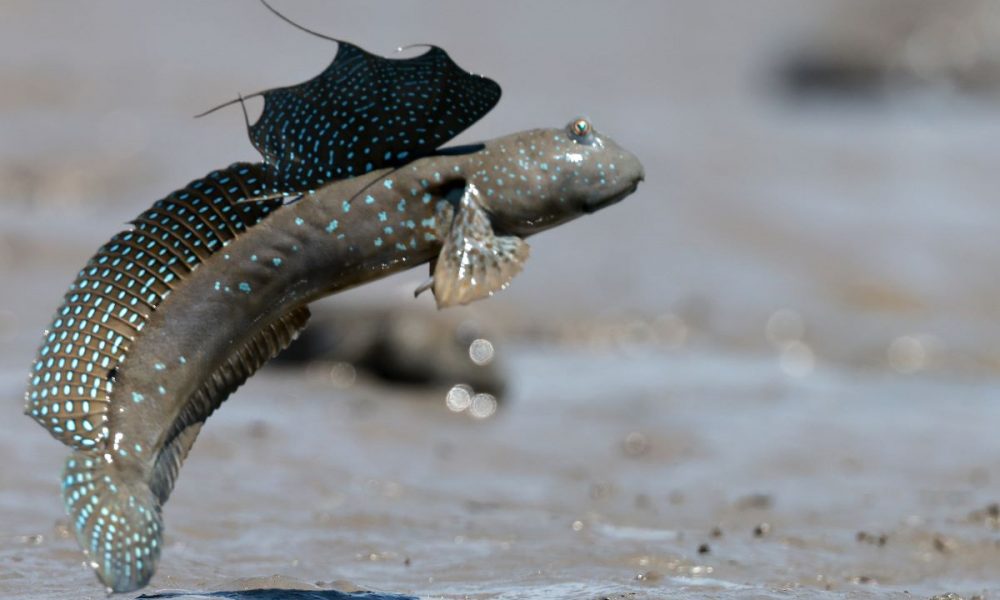
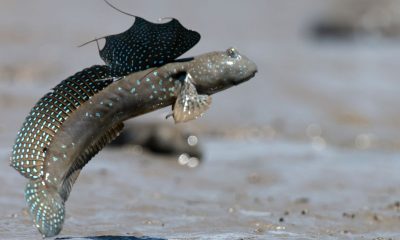

Mudskippers, an endangered amphibious fish that inhabits the tidal flats of the Ariake Sea, are especially active this year during mating season.
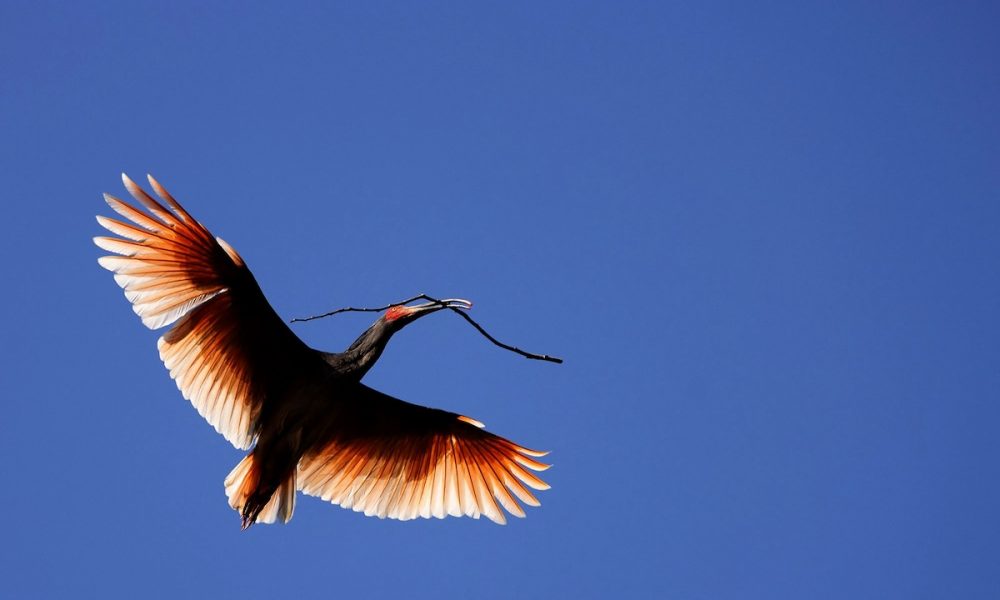
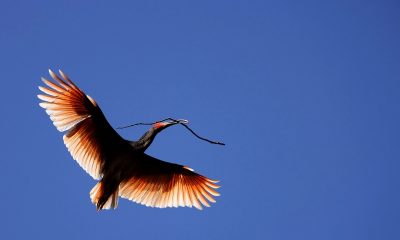

This month's installment of Fumie Oyama's photo series on Sado Island's wildlife presents the crested ibis and its abundant prey in flooded spring rice paddies.



In a video address at the World Water Forum in Bali, Indonesia, Emperor Naruhito expressed his desire for sharing of experiences on water-related disasters.
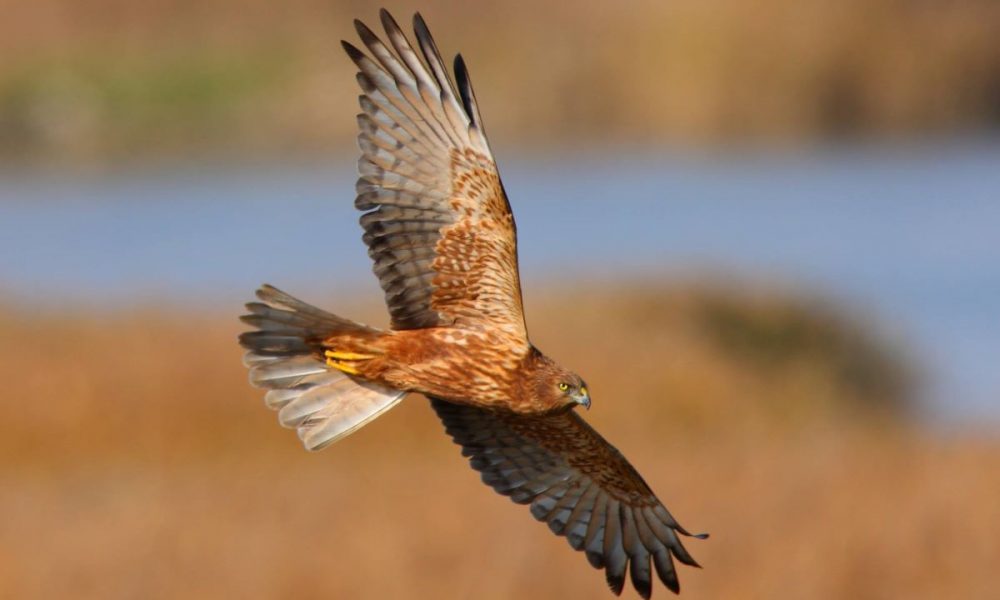


The rising construction of wind turbines threatens the nesting sites of the endangered eastern marsh harrier, or chuhi, in the grasslands of northern Hokkaido.
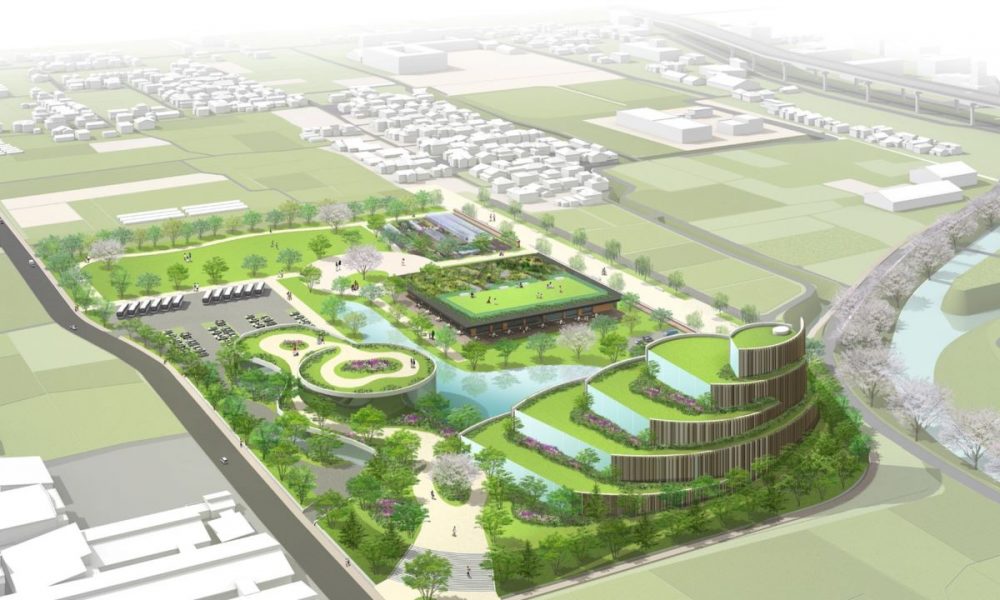


Energy efficient waste-to-energy plants are on the rise, but cities like Nara still face challenges in finding new sites due to opposition from residents.